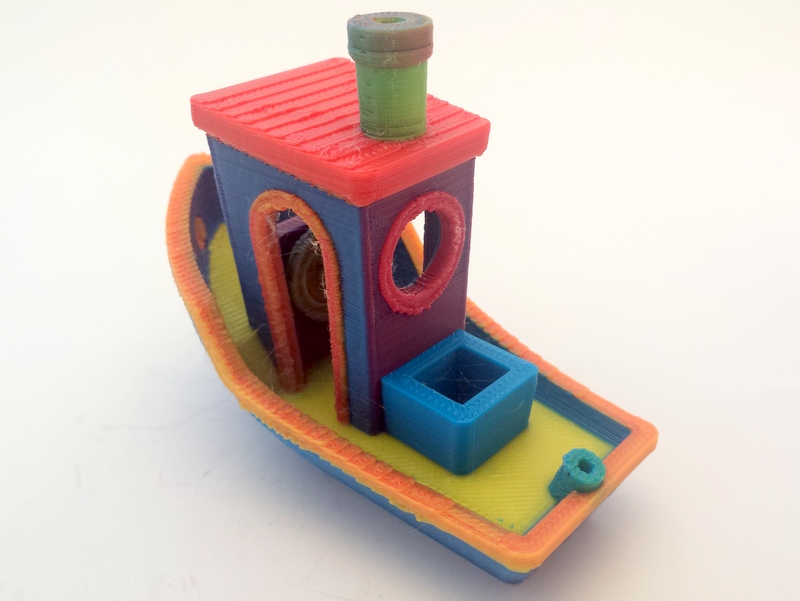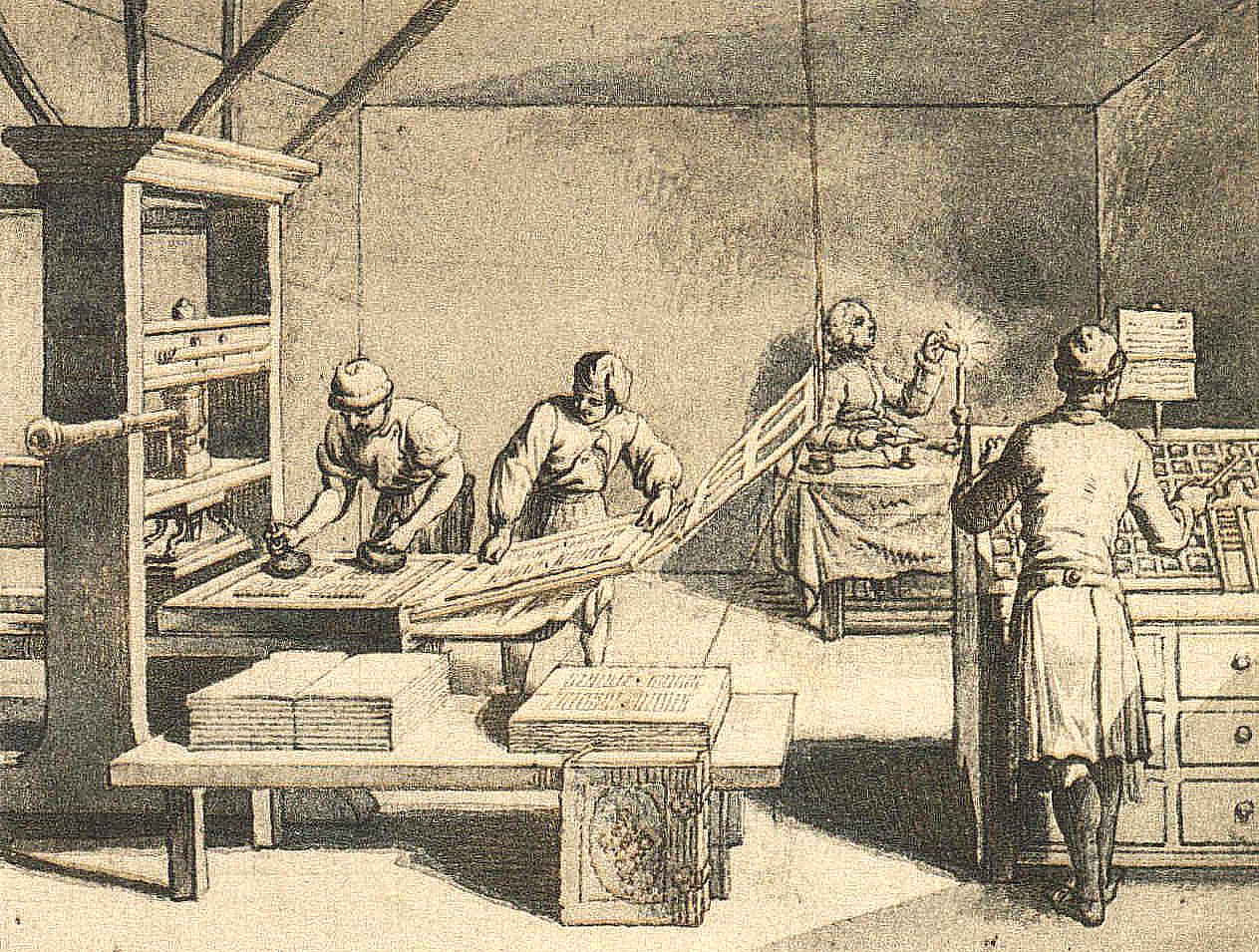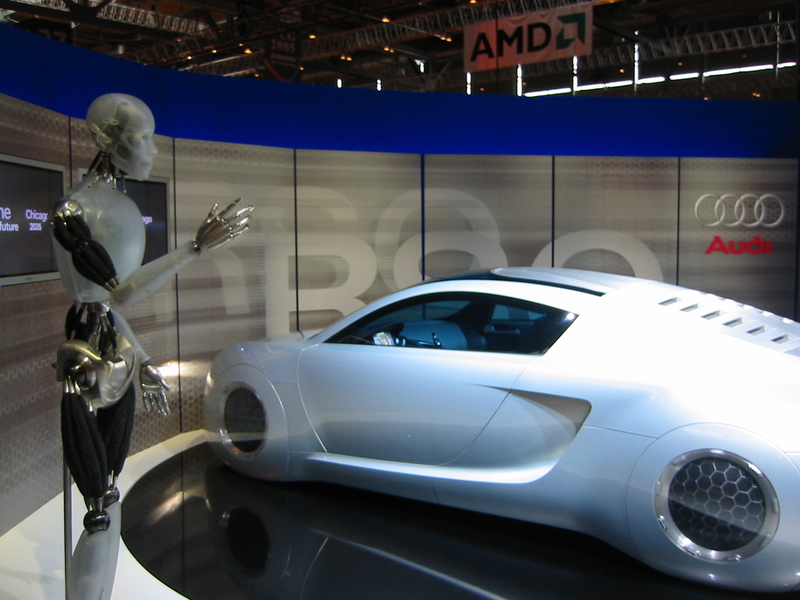Three-dimensional printing
Enlarge text Shrink text- Work cat.: Utela, B. Development and application of new material systems for three dimensional printing (3DP), 2008:p. 1 (three dimensional printing (3DP) is a highly versatile additive fabrication process involving the repeated deposition and selective binding of powder layers using a printhead deposited liquid. 3DP is one of a number of manufacturing processes in the larger field of rapid prototyping)
- Wikipedia, July 6, 2009:3D printing (3D printing is a form of additive manufacturing technology. A three dimensional object is created by successive layers of material. 3D printers are generally faster, more affordable and easier to use than other additive manufacturing technologies. While prototyping dominates current uses, 3D printers offers tremendous potential for non-technical and entertainment applications. In the 1990's the advent of rapid prototyping allows these costs to be reduced so companies can create 3d models fast and effectively.)
- Three dimensional printing website, July 6, 2009:What is 3DP? (Three Dimensional Printing is a process under development at MIT for the rapid and flexible production of prototype parts, end-use parts, and tools directly from a CAD model. Three Dimensional Printing has unprecedented flexibility. It can create parts of any geometry, and out of any material, including ceramics, metals, polymers and composites. Furthermore, it can exercise local control over the material composition, microstructure, and surface texture. Three Dimensional Printing has led the field of Rapid Prototyping (RP) in the creation of functional parts and tooling directly from a CAD model.)
- Ceramic arts daily, Feb. 1, 2009, viewed online July 7, 2009:the printed pot (Three-dimensional printing (3DP) is a method of rapid prototyping. 3D printing was invented in Emanuel Sachs' lab at MIT and first became available in the early 1990s. Three-dimensional printing takes a digital model and produces a real, three-dimensional object by adding powder in layers and selectively printing a binder on each layer that causes the powder to adhere in the area of the desired design.)
3D printing, or additive manufacturing, is the construction of a three-dimensional object from a CAD model or a digital 3D model. It can be done in a variety of processes in which material is deposited, joined or solidified under computer control, with the material being added together (such as plastics, liquids or powder grains being fused), typically layer by layer. In the 1980s, 3D printing techniques were considered suitable only for the production of functional or aesthetic prototypes, and a more appropriate term for it at the time was rapid prototyping. As of 2019, the precision, repeatability, and material range of 3D printing have increased to the point that some 3D printing processes are considered viable as an industrial-production technology; in this context, the term additive manufacturing can be used synonymously with 3D printing. One of the key advantages of 3D printing is the ability to produce very complex shapes or geometries that would be otherwise infeasible to construct by hand, including hollow parts or parts with internal truss structures to reduce weight while creating less material waste. Fused deposition modeling (FDM), which uses a continuous filament of a thermoplastic material, is the most common 3D printing process in use as of 2020.
Read more on Wikipedia >
 Topic
Topic













